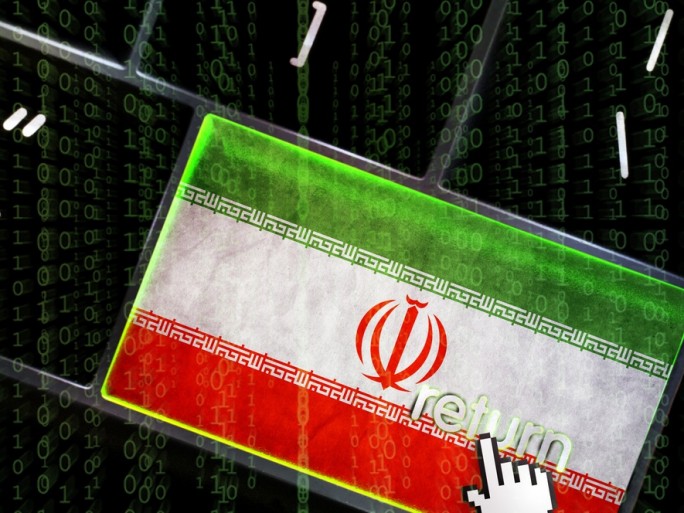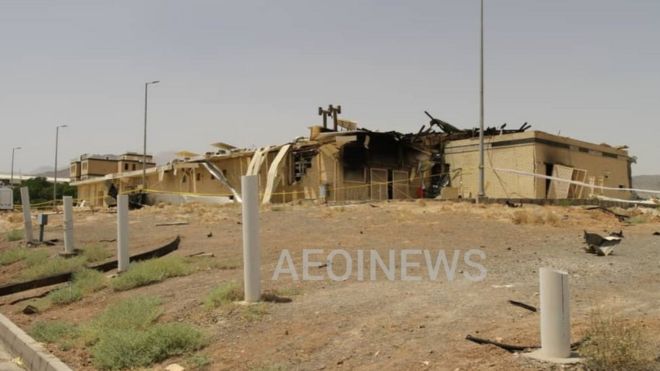Iran’s Natanz Cyberattack Blamed On Israel

Second Stuxnet? Iran’s Natanz nuclear facility suffered another cyberattack at the weekend, with the finger once again pointed at Israel
Israel is being blamed after a cyberattack at the weekend that reportedly damaged the Natanz nuclear facility in Iran.
Iran on Monday publicly blamed Israel for the destruction at the heavily guarded underground facility, that is said to targetted its uranium enrichment centrifuges.
Israel for its part has not claimed responsibility, but has done little to dispel the notion. Israeli media meanwhile has widely reported unnamed officials as claiming responsibility for the cyber operation.

Natanz attack
The attack on the Natanz nuclear facility took place on either Saturday or Sunday, the Associated Press has reported.
Iran’s Natanz uranium-enrichment site is one of several monitored by the UN’s nuclear regulator, the International Atomic Energy Agency (IAEA).
There is no official confirmation about the nature of the attack and the extent of the damage at Natanz remains unclear.
The event had initially described only as a blackout in the electrical grid feeding above-ground workshops and underground enrichment halls – but later Iranian officials began referring to it as an attack, AP reported.
That said, a former Iranian official said the cyberattack set off a fire and an Iranian spokesman reportedly also mentioned a “possible minor explosion.”
The Guardian newspaper cited US intelligence sources as claiming the cyberattack will set back Tehran’s nuclear programme by nine months.
It reported that the attack triggered an explosion that destroyed the independently protected power supply to advanced centrifuges that create enriched uranium.
Previous attacks
This is not the first time that the Natanz facility has been targetted.
In July 2020 Iranian officials said a fire at the Natanz nuclear facility may have been caused by a cyber-attack.
And lets not forget the Stuxnet computer virus, widely believed to have been developed by the US and Israel, was used to attack the Natanz facility in 2010.
Critical infrastructure
One security expert pointed out that this latest attack highlights the issues that critical infrastructure can face today.
“The attack on the Natanz nuclear facility in Iran should be seen as a warning for every nation,” said Steve Forbes, government cyber security expert at Nominet. “Nuclear facilities will no doubt have some of the strongest security possible, with air gapped systems and robust countermeasures if the network is breached.”
“However, if the reports are true and disruption was caused through a cyber attack, it yet again raises concern around the protection of critical national infrastructure around the world,” said Forbes.
“It is also important to point out that this threat goes beyond nuclear power plants; traditional power plants and water facilities, for example, often rely on decades old systems that were not initially designed to interact with the internet, let alone repel malware,” said Forbes.
“It is vital that governments pay close attention to the resilience of their critical infrastructures,” he added. “Updating legacy systems and networks, combined with deeply embedded broad protection built into the core of the infrastructure, has never been so important.”